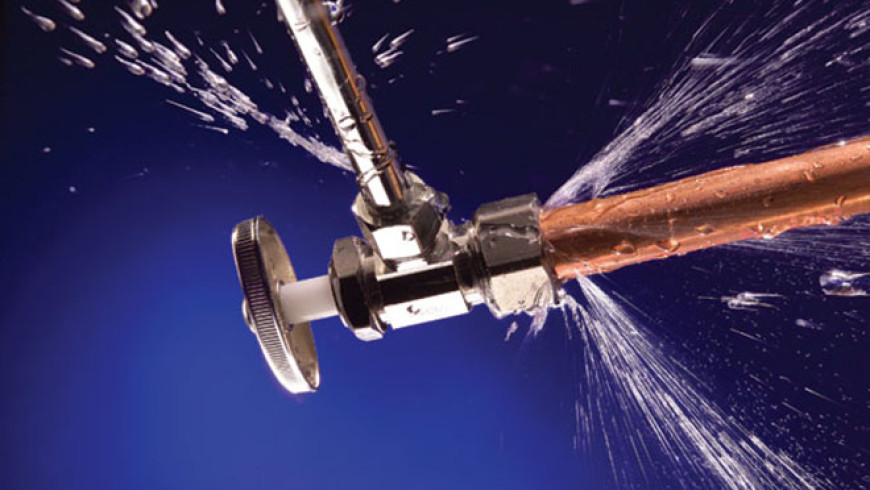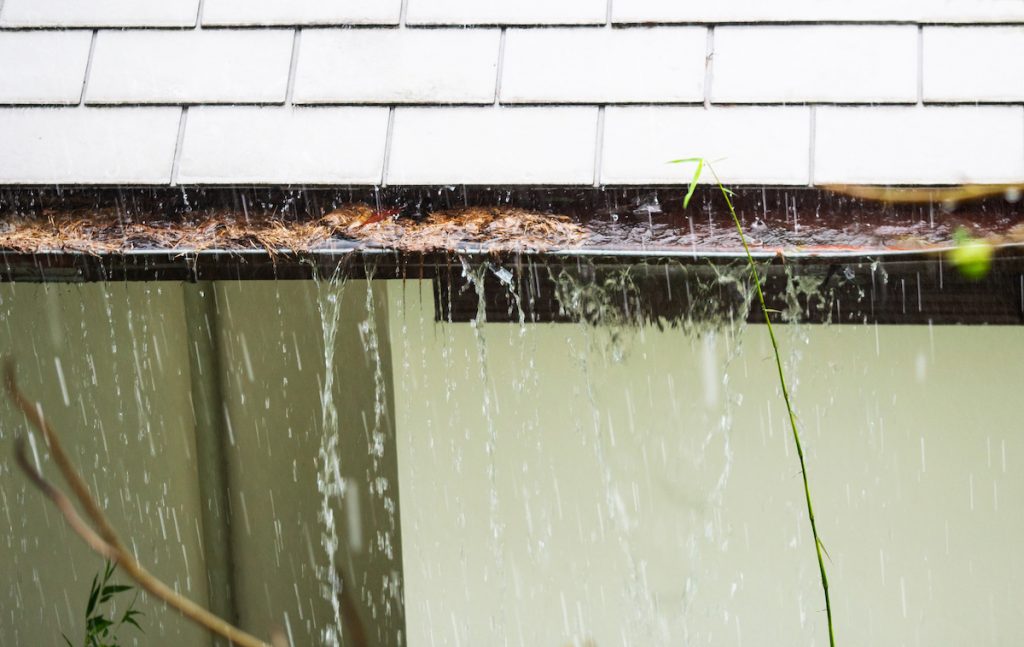Here down the page you can find some dependable facts when it comes to Most Common Causes of Leaky Pipes.

Leakages not just create waste of water but can also create unneeded damages to your residence and promote unwanted natural growth. Regrettably, water leakages might go undetected given that the majority of the pipework in our home is concealed. By understanding and looking for day-to-day situations that create leaks, you can protect your home from future leaks and unneeded damage. Today, we will look at 6 leakage causes that might be triggering your pipes to trickle.
Encroaching origins
The majority of water leaks begin outside the residence instead than inside it. You could discover damp spots or sinkholes in your yard, as well as that might mean that tree roots are getting into water lines creating water to permeate out.
Rusty water supply
As time passes by, your plumbing system ages and rust such as corrosion may begin eating away the pipes. This might be the source of discoloration or warping on your pipes. This calls for an examination with your plumber promptly. Think about replacing the pipelines since they are at a higher risk of deterioration than the more recent versions if our plumbing system is old.
Malfunctioning Pipeline Joints
The factor at which your pipelines connect is regularly the weakest link in the waterline. Pipe joints can weaken over time, causing water leaks. The bulk of pipeline joints are not easily visible. If you have loud pipelines that make ticking or banging sounds, especially when the hot water is switched on, your pipeline joints are possibly under a lot of pressure. It is advisable to have your plumber evaluate your system annually.
Immediate temperature changes.
Extreme temperature adjustments in our pipes can cause them to expand and also acquire unexpectedly. This development as well as contraction might trigger cracks in the pipelines, specifically if the temperature are below cold.
Poor Water Connectors
At times, a leak can be created by loose tubes and pipelines that supply your devices. In case of a water links leakage, you may see water running directly from the supply line or pools around your appliances.
Obstructed Drains
Clogged drains pipes might be aggravating and inconveniencing, but they can occasionally end up creating an overflow resulting in rupture pipelines. Keep getting rid of any kind of materials that might drop your drains that could obstruct them to avoid such troubles.
All the above are causes of leakages but not all water leakages arise from plumbing leaks; some leaks may originate from roofing system leaks. All leaks must be fixed instantly to prevent water damages.
Leakages not only cause waste of water however can likewise create unneeded damage to your home as well as advertise undesirable organic growth. By recognizing as well as looking for daily scenarios that create leakages, you can protect your home from future leaks as well as unnecessary damage. Today, we will look at 6 leakage triggers that might be creating your pipelines to trickle.
At times, a leakage can be created by loosened tubes and pipelines that provide your devices. In case of a water connections leak, you may observe water running straight from the supply line or pools around your devices.
How To Check For Water Leak In Your Home
How To Check for Leaks
The average household's leaks can account for nearly 10,000 gallons of water wasted every year and ten percent of homes have leaks that waste 90 gallons or more per day. Common types of leaks found in the home are worn toilet flappers, dripping faucets, and other leaking valves. These types of leaks are often easy to fix, requiring only a few tools and hardware that can pay for themselves in water savings. Fixing easily corrected household water leaks can save homeowners about 10 percent on their water bills.
To check for leaks in your home, you first need to determine whether you're wasting water and then identify the source of the leak. Here are some tips for finding leaks:
Take a look at your water usage during a colder month, such as January or February. If a family of four exceeds 12,000 gallons per month, there are serious leaks.
Check your water meter before and after a two-hour period when no water is being used. If the meter changes at all, you probably have a leak.
Identify toilet leaks by placing a drop of food coloring in the toilet tank. If any color shows up in the bowl after 10 minutes, you have a leak. (Be sure to flush immediately after the experiment to avoid staining the tank.)
Examine faucet gaskets and pipe fittings for any water on the outside of the pipe to check for surface leaks.
Undetected water leaks can happen without the home or business owner even realizing. If you suspect a water leak, but not able to find the source. It is time to contact a professional water leak detection service, The Leak Doctor.
How To Find a Water Leak In Your Home
https://www.leakdoctor.com/blog/How-To-Check-For-Water-Leak-In-Your-Home_AE197.html

Do you really like more info about Most Common Causes of Leaky Pipes? Post a remark further down. We'd be interested to find out your responses about this blog entry. Hoping that you come back again soon. Liked our posting? Please share it. Let other people check it out. I appreciate reading our article about Top Causes of Home Water Leaks.
Quality commitment here.